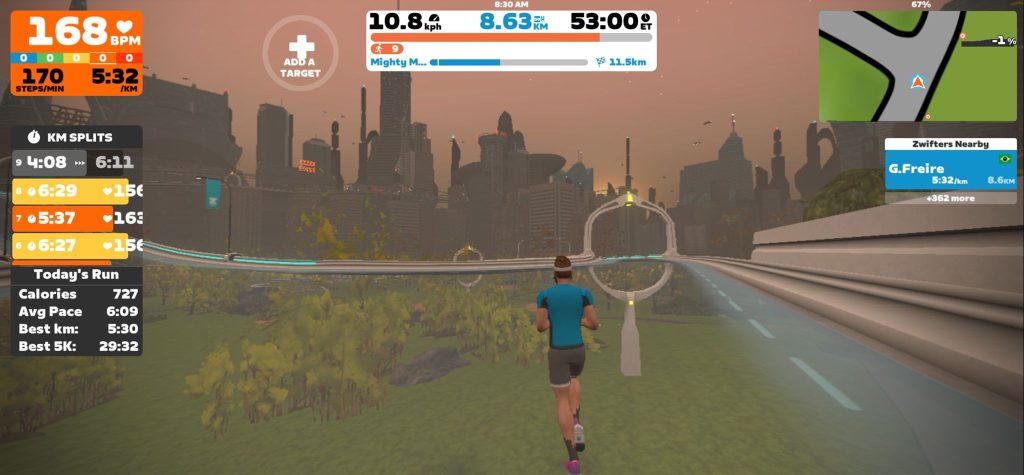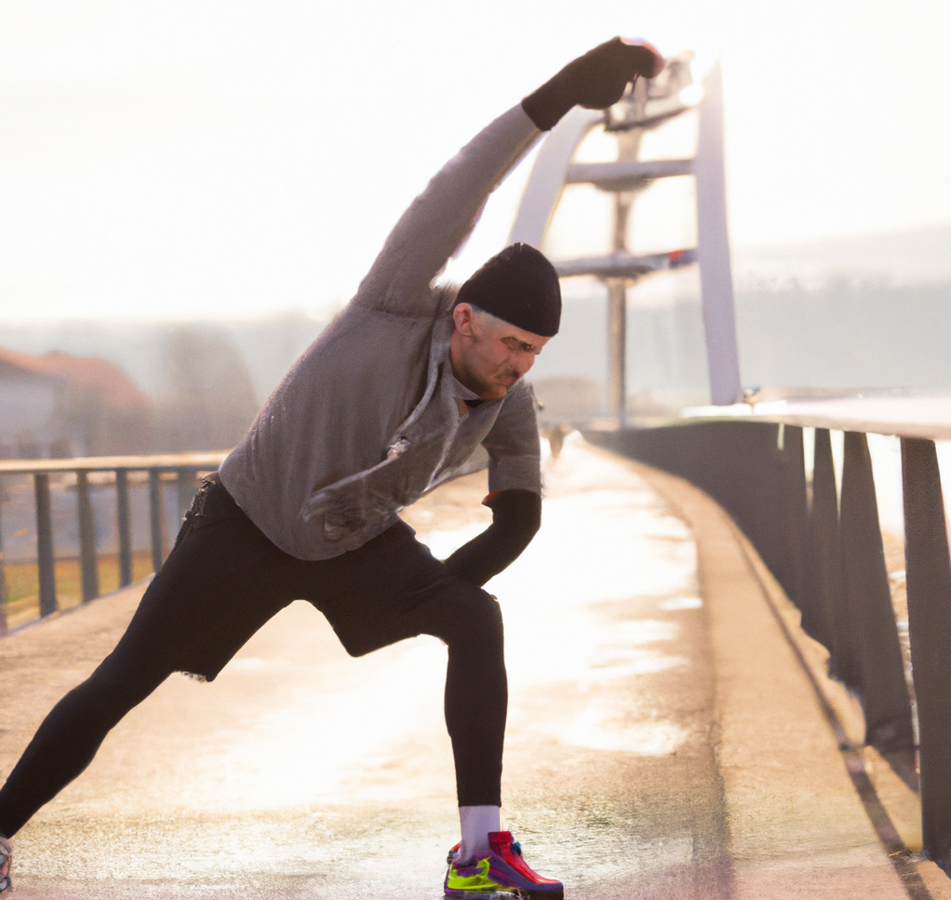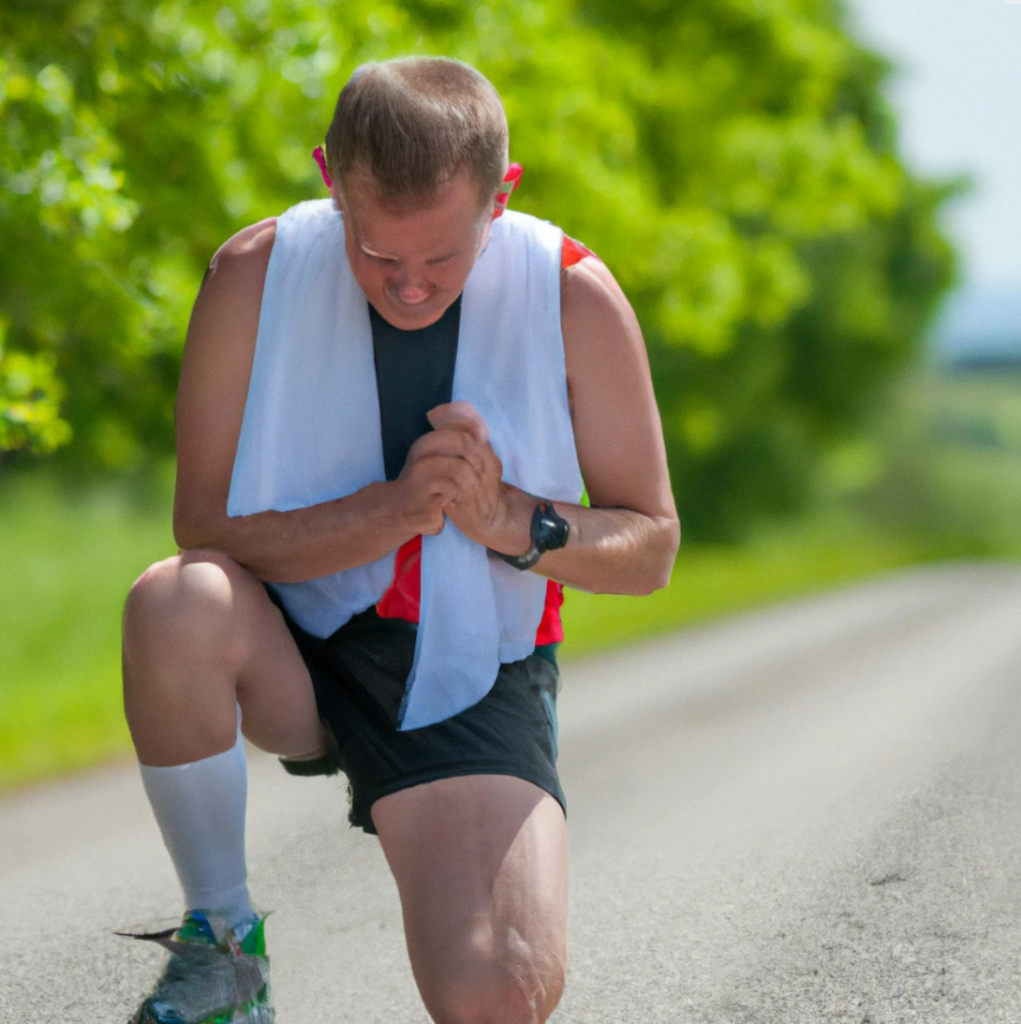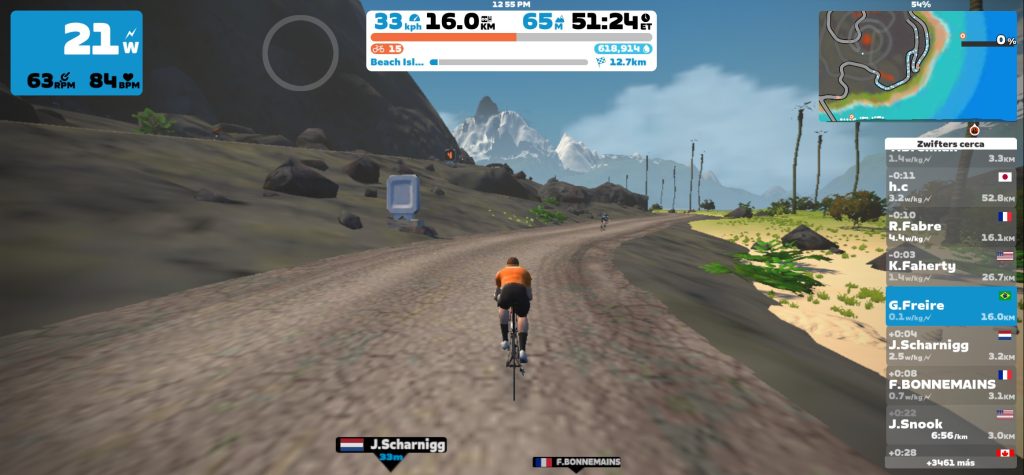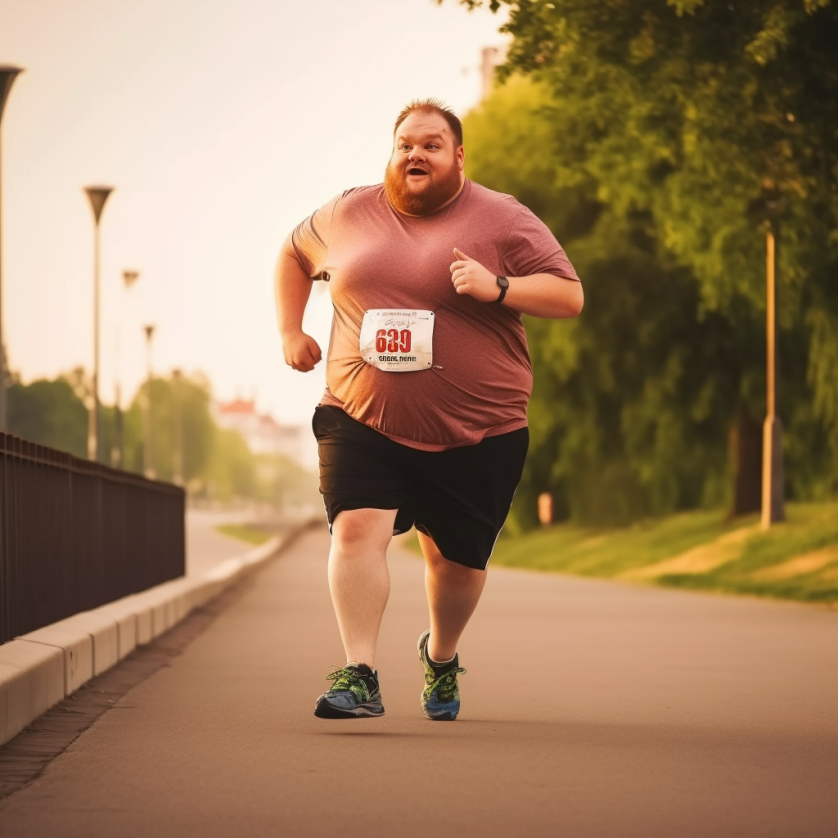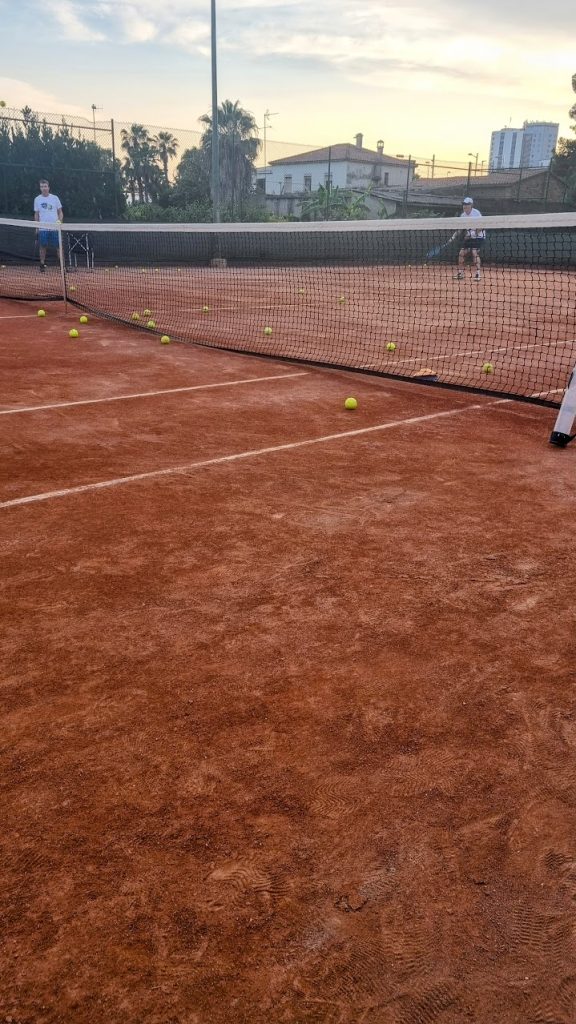Cooling down after a run is just as important as warming up before. This routine helps to gradually bring your heart rate back to normal, prevent blood from pooling in your legs, and reduce muscle soreness and stiffness. In this article, we’ll explore the importance of a proper cool down for runners and provide tips on how to incorporate it into your post-run routine.
Injury Prevention
Cooling down after a run is an important step in injury prevention. By gradually slowing down the body and allowing it to return to its resting state, runners can reduce the risk of muscle soreness, stiffness, and other common injuries. This short period of time can also help the body to recover faster and be better prepared for the next workout. Understanding the benefits of cool down and incorporating it into your routine can help you run smarter, stronger, and injury-free.
Improved circulation
During a run, the heart rate increases and the blood flow is directed towards the working muscles. By gradually slowing down the pace and transitioning to a cool-down walk or stretch, the blood circulation returns to normal. This helps in reducing the risk of muscle soreness, stiffness, and also prevents blood from pooling in the legs. Improved circulation also helps in transporting oxygen and nutrients to the muscles, which aids in the recovery process. Incorporating a cool-down routine after every run can lead to better health and performance in the long run.
Better recovery
Cooling down after a run is an important part of the recovery process for runners. By gradually reducing the intensity of your workout, you allow your heart rate and breathing to return to normal, reducing the risk of blood pooling in your legs and minimizing muscle stiffness. In addition, stretching during the cool down period can help to increase flexibility and range of motion, which is essential for preventing injury and reducing the risk of muscle soreness. Taking proper time for a cool down helps runners prepare their bodies for the next workout and perform better.
Increased flexibility
One of the benefits of a proper cool down after a run is increased flexibility. By taking the time to stretch and move through a full range of motion, runners can help to reduce muscle stiffness and soreness, which can lead to improved flexibility over time. This increased flexibility not only helps with injury prevention, but it can also improve overall performance by allowing runners to move more freely and efficiently during their runs. Incorporating a cool down routine that includes stretching and light movement can help to keep muscles limber and reduce the risk of injury, making it an important part of any runner’s training regimen.
Reduced stress
It can also help reduce stress and tension in the muscles. By slowing down and gradually bringing the heart rate back to its resting state, the body has a chance to release any built-up stress and tension. This can help prevent muscle soreness and stiffness, as well as improve overall recovery and reduce the risk of injury. Additionally, taking a few minutes to stretch and relax after a run can help calm the mind and reduce stress levels, leading to improved overall health and well-being.
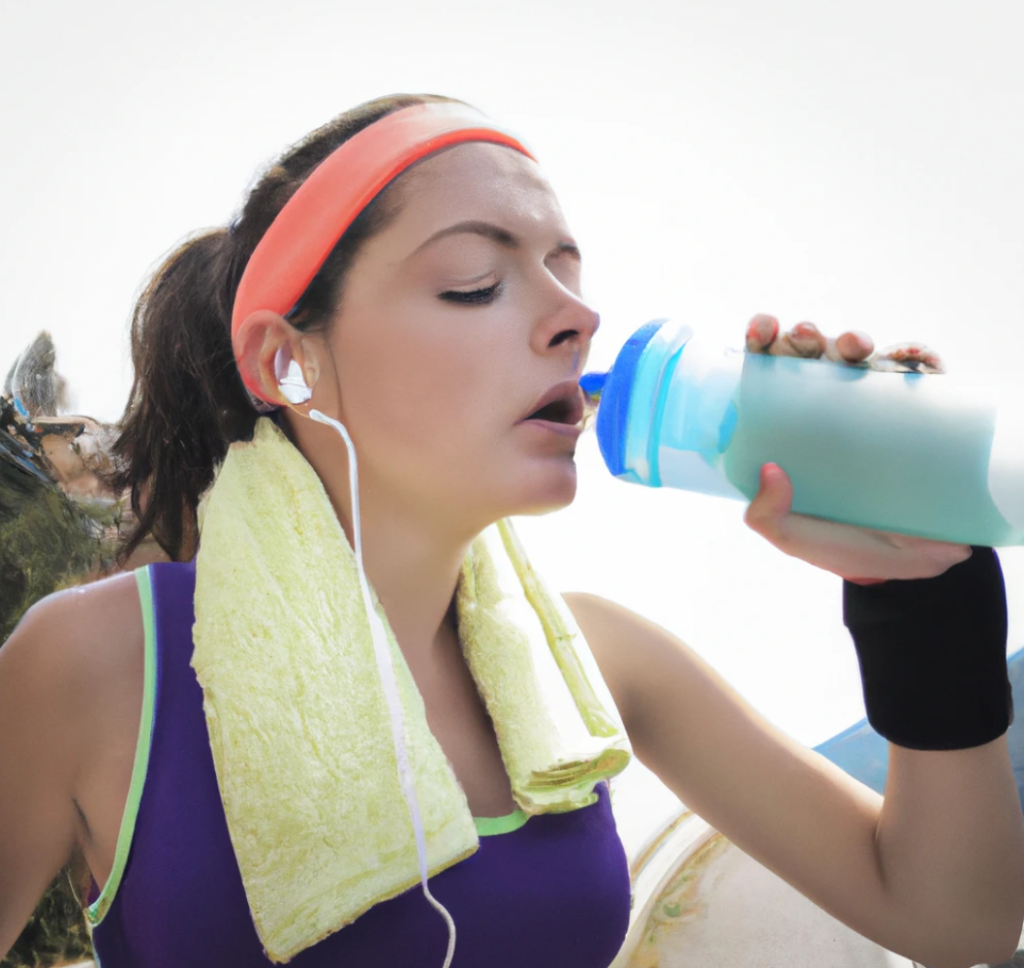
Cooling down after a run is an important aspect of recovery and injury prevention. It helps the body return to its pre-exercise state and provides a number of benefits, including improved circulation, increased flexibility, reduced stress, and faster recovery. To get the most out of your cool down, it’s important to follow a few simple tips. Start by walking or jogging at a slow pace to help bring your heart rate back down. Then, perform gentle stretching exercises to help release any tension in your muscles. Incorporating foam rolling or massage can also be effective in promoting recovery. Finally, be sure to hydrate and refuel with nutrient-rich food and drinks to support your body’s recovery process.

